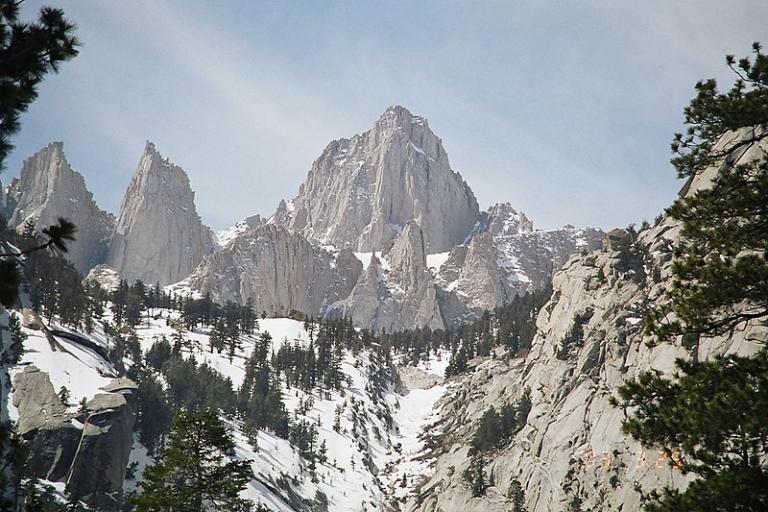
Back in May of this year, the Church of Jesus Christ of Latter-day Saints announced that it was backing away from some elements of Scouting:
“Church Replacing Varsity and Venturing Scouting with New Activities Program”
Now, it’s been announced that the Boy Scouts of America will soon go coeducational:
“Boy Scouts Will Admit Girls, Allow Them to Earn Eagle Scout Rank”
The Church’s response to this was mild:
“Boy Scouts, Cubs to add girls; LDS Church says no change to its programs, plans”
I wouldn’t be a bit surprised, however, if this announcement were to hasten a more complete separation between the Church and Scouting.
Here’s one Latter-day Saint response to the news, obviously written from a culturally and politically left-inclined position on the spectrum but offering an interesting historical take:
Here are two rather displeased responses to the Boy Scout leadership’s decision from non-Mormons — though, significantly, both mention the Latter-day Saints :
“The Boy Scouts Admit Girls, Failure: What the organization’s latest move says about its future.”
And then The Atlantic raises an obvious question:
I’m sad to see the decline of the Boy Scouts. My involvement in a non-LDS Scout troop in California was a very important part of my growing up. We weren’t altogether conventional. We concentrated on backpacking and on winning first place honors at the annual district Camporee — we never failed to do so a single time during my years of involvement — and we paid relatively little attention either to merit badges (other than a few like “First Aid,” which we took very seriously) and to ranks. We seldom wore Scout uniforms. We regarded other Scout troops as “soft.” When they came to big Scout camps, they brought lots of equipment in via trucks. We walked in, with everything on our backs. If we couldn’t carry it — in principle, for several miles up and down mountains — it didn’t come. We didn’t bring cots. We never slept on cots. And we always beat everybody in all of the competitions — lashing, knot tying, orienteering, field identification of plants, everything. We were probably rather arrogant.
By the time I was thirteen or so, participating in that troop under the devoted leadership of our Scoutmaster, an engineer by the name of George Schmidt to whom I owe a very great debt, I had climbed all of the tallest peaks in southern California, devoted one trip of fifteen days to the John Muir Trail in the High Sierras — actually, I did that one when I was eleven; along the way, we managed to save a drowning man in a high mountain lake — and climbed Mount Whitney, the highest summit in the contiguous United States. Among other things.
I do know, however, that the Scouts aren’t for everybody. Perhaps it was my fault, but my own sons weren’t very interested in Scouting. And I remember being told by Church leaders in Australia that the Scouting program simply didn’t work for them there, though I can’t quite remember why not.
Still, Scouting does a lot of good for a lot of kids, and I’ve been sorry to watch it attacked and weakened and marginalized over the past few years, and to see its numbers shrink. I fear that these new developments won’t reverse the trend. They are more likely, I expect, to accelerate it.










